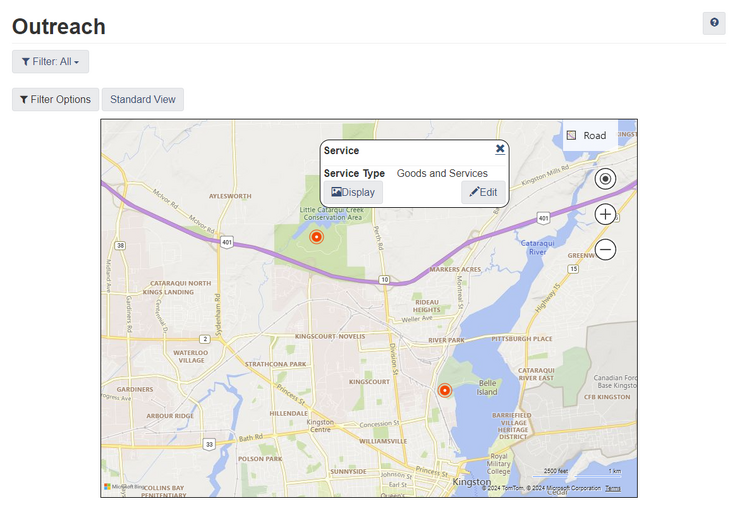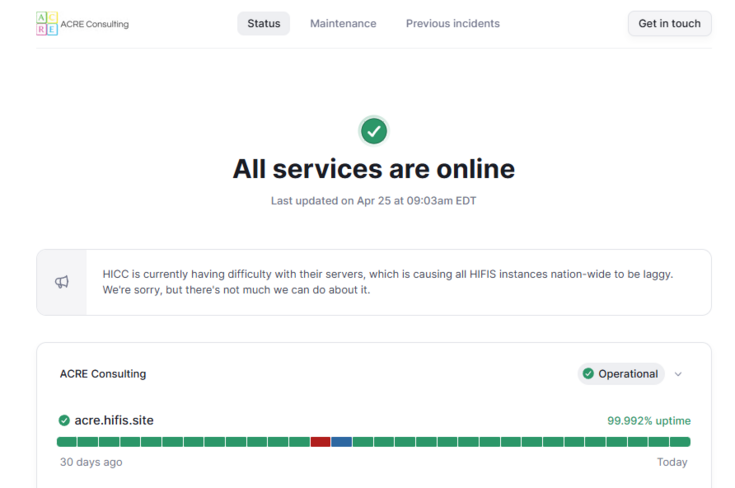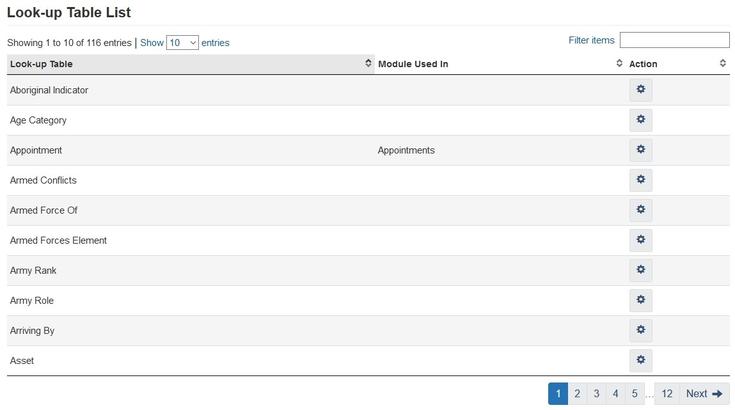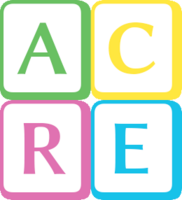All posts
News
Reaching Home
Coordinated Access
Legal and Privacy
HPP (Ontario)
Day Program
Fun with Custom Tables
Diversion
Tips and Tricks
HIFIS Training
Ideas and Feature Requests
Feature Guide
Housing Supports
Data and Reporting
Outreach
Third Party Tools
Shelter
Supportive Housing
Waterloo Region
British Columbia
Ontario

Tips and Tricks · Oct 27, 2025
Template Users
A few years back, we posted about the new Clone Users feature in HIFIS. We said how it would help you “drastically reduce your likelihood of configu…Read more

Third Party Tools · Jul 21, 2025
Want to learn SQL?
HIFIS is stored in a database called Microsoft SQL Server, which is a database management system. Its “native language,” if you want to think about …Read more

HIFIS has many features that come to access to client files, including:
Clients with “Decline to Share” Consent
Demographic visibility settings
S…Read more

Back in 2018, we originally posted some guidelines on how to handle street outreach in HIFIS 4. Then in 2021, we updated that post. Why did we bothe…Read more

Third Party Tools · Apr 25, 2025
Helpful Tools: Website Monitor
One of the helpful tools that we use over at ACRE Consulting is a website monitoring service. This notifies us when our websites go down, and monito…Read more

Did I get you? Sorry about the clickbait title, I couldn’t resist. Because it is a weird trick!
Most people don’t know that you can add a plus sign…Read more

Feature Guide · Jan 13, 2025
Which look-up tables should I customize?
There are, at the time of writing, 115 look-up tables in HIFIS that you can customize. For a new HIFIS community, this can be overwhelming!
I've se…Read more

HIFIS Training · Dec 11, 2024
When do HIFIS users need refresher training?
So you've got a plan to train your staff on how to use HIFIS. That's great!
But now you're coming across a trickier question: when do staff need to…Read more

News · Oct 31, 2024
Takeaways from #CAEH24
So long, Ottawa! Here are my highlights for the year:
@Geoffrey Messier, as always, had a really accessible presentation about why you shouldn't sp…Read more
___MESSAGE___
___MESSAGE___
